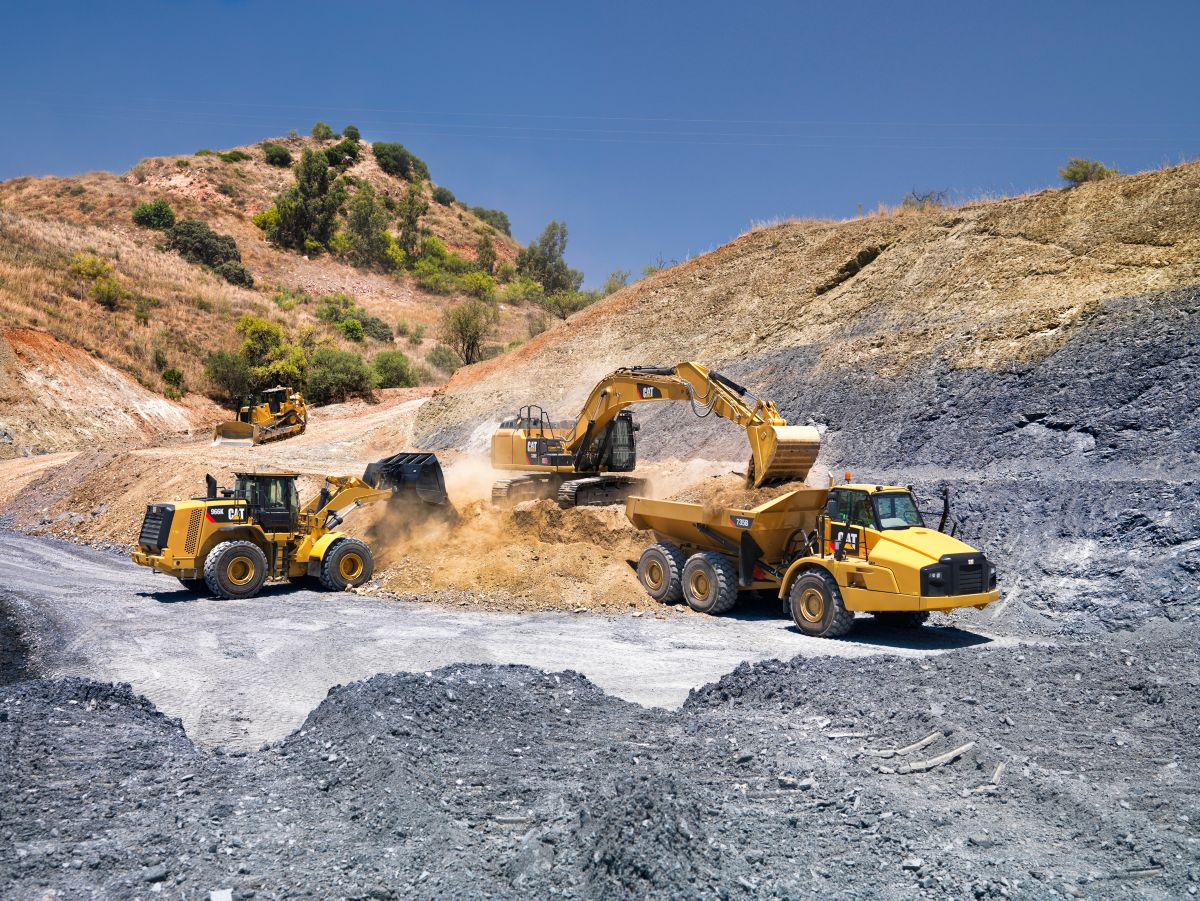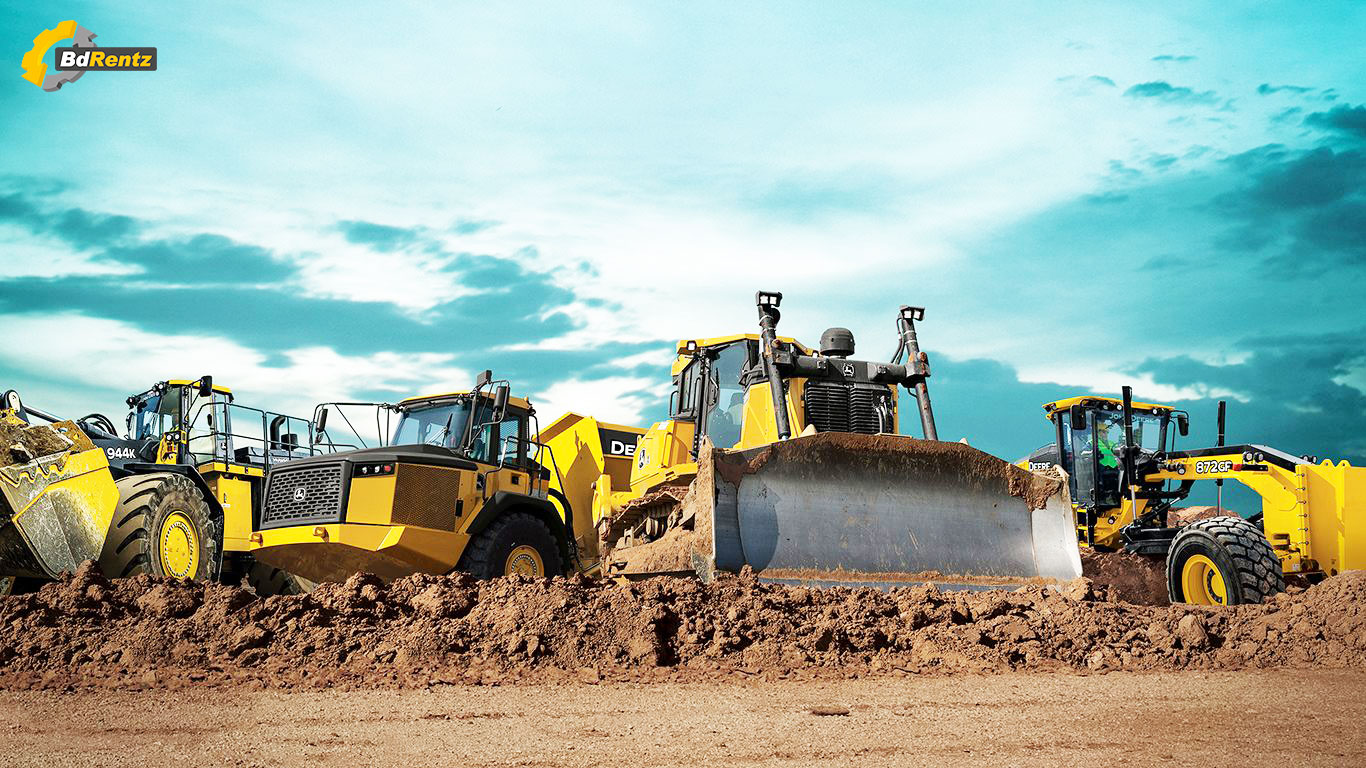Heavy Equipment Rental: Big Equipment for Any Kind Of Construction Project
Heavy Equipment Rental: Big Equipment for Any Kind Of Construction Project
Blog Article
Maximize Your Budget by Understanding the Costs Connected With Building Tools Leasings
Understanding the full scope of prices connected with building equipment leasings is important for optimizing your spending plan. What techniques can be used to properly handle these expenses and guarantee a much more effective rental experience?
Review of Rental Costs
When thinking about building and construction devices rentals, recognizing the linked costs is vital for reliable budgeting and project preparation. Rental prices can differ dramatically based on several factors, including tools type, duration of leasing, and area. The initial rental charge frequently shows the tools's market demand and its linked functional capacities, influencing the overall expenditure.
Along with the base rental rate, ancillary prices might occur, such as transportation fees, fuel additional charges, and upkeep charges. It is important to account for these added expenditures to accurately examine the total cost of leasing tools. Additionally, the rental period can influence pricing; longer leasings might certify for reduced rates, while short-term services might sustain greater daily costs.

Malfunction of Rental Rates
A thorough understanding of rental prices is crucial for specialists and task supervisors aiming to maximize their budgets. Rental prices for construction devices usually contain a number of parts, consisting of base rates, time-based charges, and use fees.
Base rates are the core costs related to the leasing of the devices, typically figured out by the kind and dimension of the machinery. These prices can vary significantly, affected by variables such as tools demand, availability, and local market trends. Time-based costs, which might be daily, weekly, or monthly, serve to fit various project timelines and rental durations.
Additionally, rental rates may include usage charges, which apply when tools is utilized beyond a defined threshold, making sure that the rental company can make up wear and tear. Seasonal need fluctuations can additionally influence rental rates, with peak construction periods typically regulating greater rates.
Furthermore, comprehending the rental company's policies concerning maintenance and insurance can supply additional insight into the general price framework. By evaluating these components, professionals can make informed decisions, making certain the choice of rental tools aligns with both project demands and budget plan restrictions.
Added Costs to Think About
Comprehending the complexities of extra charges is important for contractors to manage their overall rental expenses properly. Beyond the conventional rental prices, different additional charges can dramatically influence the total expense of devices leasing. These fees often consist of distribution and pick-up fees, which can vary based on distance and logistics included in carrying the equipment to and from the work site.
Additionally, some rental companies might impose gas additional charges if the tools is returned with less fuel than when leased. It is also vital to understand prospective cleansing fees, especially for specialized equipment that requires detailed upkeep after usage.

Thoroughly examining the rental contract and making clear these added costs upfront can help service providers avoid unexpected prices and make certain that budget plans remain intact throughout the task lifecycle.
Upkeep and Repair Work Expenditures
Normal maintenance and fixing a knockout post costs are often neglected variables that can considerably influence the total price of building and construction devices leasings. When leasing tools, it is vital to think about not only the rental costs but also the prospective prices connected with keeping the machinery in ideal operating condition.
Lots of rental business include basic upkeep as part of the rental contract; nonetheless, a lot more unanticipated break downs or substantial fixings can cause additional expenditures. It's important to examine the rental contract thoroughly to recognize what maintenance solutions are covered and what duties drop on the tenant.
Furthermore, devices that is not properly maintained can result in inefficiencies on duty site, potentially causing hold-ups and enhancing task costs. To mitigate these risks, it is recommended to perform routine inspections and keep open communication with the rental copyright pertaining to any kind of problems that emerge throughout use.
Insurance Policy and Responsibility Costs
Insurance coverage and responsibility prices are essential parts that can substantially influence the general cost of building devices leasings (heavy equipment rental). These expenses guarantee that both the rental business and the client are secured from possible diesel engine concrete mixer machine price monetary losses occurring from crashes, damage, or theft throughout the rental duration

In addition, customers must know any type of deductibles or exemptions in the insurance coverage, as these can influence possible out-of-pocket costs. Comprehending the terms of any insurance policy protection is essential to avoid unanticipated prices. Inevitably, budgeting for insurance and responsibility costs can assist make sure a smoother rental experience and shield against financial threats linked with building tasks.
Final Thought
In conclusion, a detailed understanding of the prices connected with building devices services is necessary for reliable budget plan monitoring. Ultimately, notified decision-making regarding construction truck bed tools services adds to the total success of construction endeavors.
Rental expenses can vary dramatically based on a number of aspects, consisting of equipment type, duration of rental, and place (equipment rental company). The rental duration can impact prices; longer rentals might certify for discounted rates, while temporary rentals might sustain higher day-to-day charges
By conducting comprehensive study and engaging with respectable rental business, specialists can successfully browse the complexities of rental prices, inevitably maximizing their economic sources.
Past the conventional rental prices, numerous supplementary costs can considerably impact the total expense of devices service. Rental firms commonly provide responsibility insurance coverage that covers injuries to third events or damages to building, while devices damage insurance policy can cover the expense of repairs or substitute if the rented out tools is harmed.
Report this page